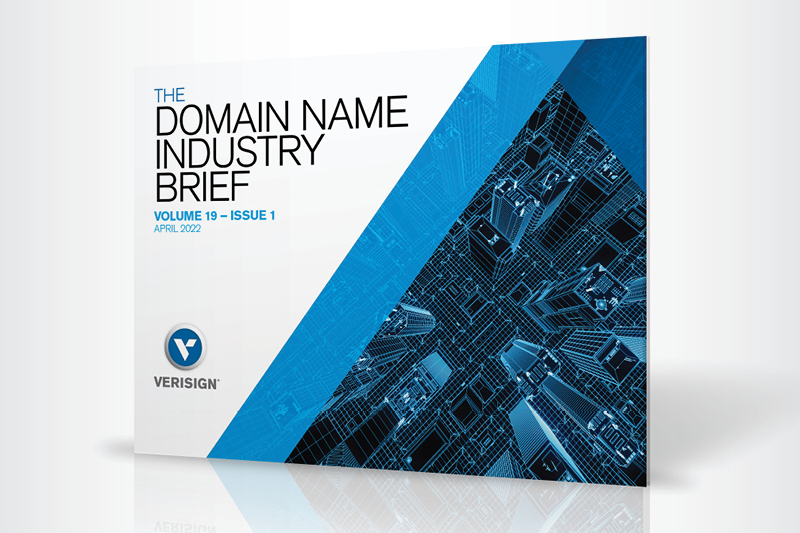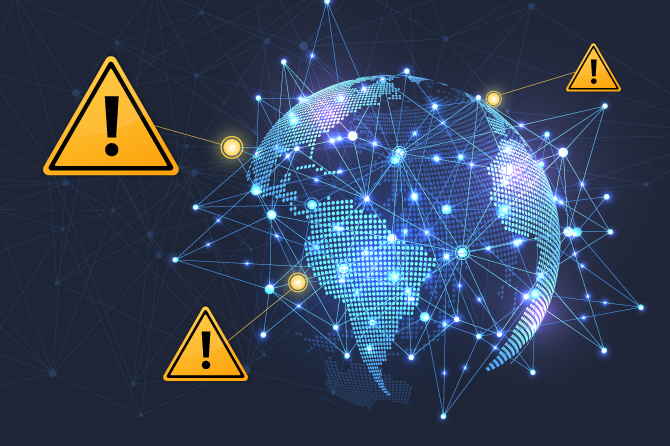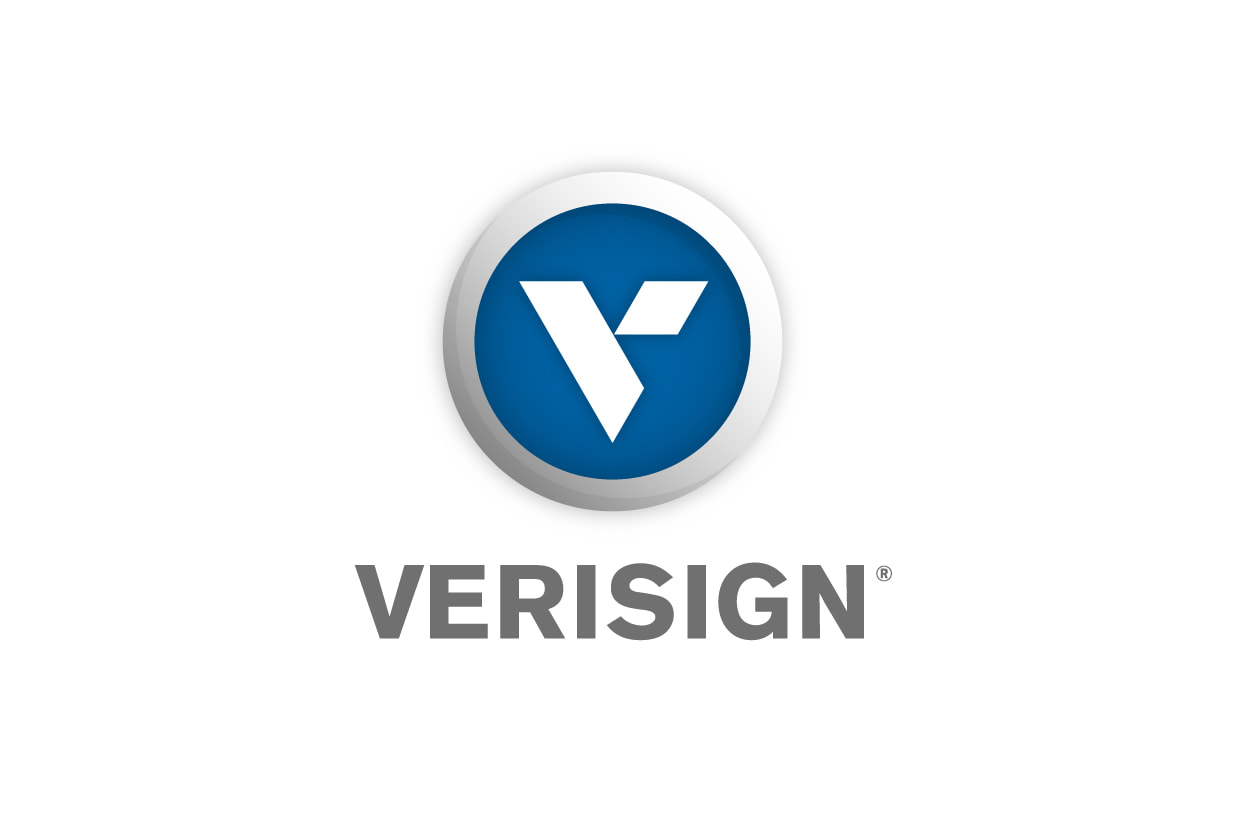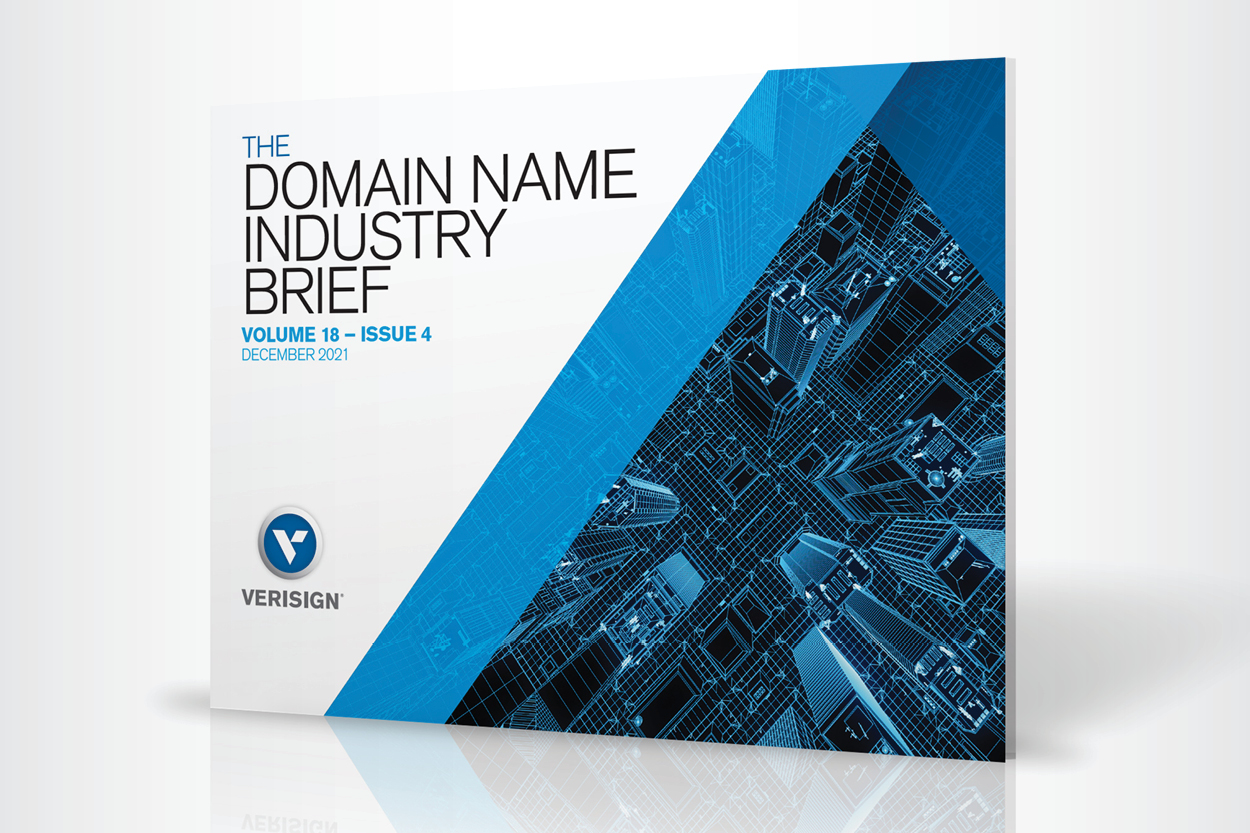
Verisign Q1 2022 Domain Name Industry Brief: 350.5 Million Domain Name Registrations in the First Quarter of 2022
Today, we released the latest issue of The Domain Name Industry Brief, which shows that the first quarter of 2022 closed with 350.5 million domain name registrations across all top-level domains, an increase of 8.8 million domain name registrations, or 2.6%, compared to the fourth quarter of 2021.1,2 Domain name registrations have increased by 13.2 million, or 3.9%, year over year.1,2
(more…)
Celebrating Women Engineers Today and Every Day at Verisign
Today, as the world celebrates International Women in Engineering Day, we recognize and honor women engineers at Verisign, whose own stories have helped shape dreams and encouraged young women and girls to take up engineering careers.
Here are three of their stories:
(more…)
More Mysterious DNS Root Query Traffic from a Large Cloud/DNS Operator
This blog was also published by APNIC.
With so much traffic on the global internet day after day, it’s not always easy to spot the occasional irregularity. After all, there are numerous layers of complexity that go into the serving of webpages, with multiple companies, agencies and organizations each playing a role.
That’s why when something does catch our attention, it’s important that the various entities work together to explore the cause and, more importantly, try to identify whether it’s a malicious actor at work, a glitch in the process or maybe even something entirely intentional.
(more…)
Verisign Q4 2021 The Domain Name Industry Brief: 341.7 Million Domain Name Registrations in the Fourth Quarter of 2021
Today, we released the latest issue of The Domain Name Industry Brief, which shows that the fourth quarter of 2021 closed with 341.7 million domain name registrations across all top-level domains, an increase of 3.3 million domain name registrations, or 1.0%, compared to the third quarter of 2021.1,2 Domain name registrations have increased by 1.6 million, or 0.5%, year over year.1,2
(more…)
Routing Without Rumor: Securing the Internet’s Routing System
The Domain Name System has provided the fundamental service of mapping internet names to addresses from almost the earliest days of the internet’s history. Billions of internet-connected devices use DNS continuously to look up Internet Protocol addresses of the named resources they want to connect to — for instance, a website such as blog.verisign.com. Once a device has the resource’s address, it can then communicate with the resource using the internet’s routing system.
Just as ensuring that DNS is secure, stable and resilient is a priority for Verisign, so is making sure that the routing system has these characteristics. Indeed, DNS itself depends on the internet’s routing system for its communications, so routing security is vital to DNS security too.
(more…)
Observations on Resolver Behavior During DNS Outages
When an outage affects a component of the internet infrastructure, there can often be downstream ripple effects affecting other components or services, either directly or indirectly. We would like to share our observations of this impact in the case of two recent such outages, measured at various levels of the DNS hierarchy, and discuss the resultant increase in query volume due to the behavior of recursive resolvers.
(more…)
IRP Panel Sanctions Afilias, Clears the Way for ICANN to Decide .web Disputes
The .web Independent Review Process (IRP) Panel issued a Final Decision six months ago, in May 2021. Immediately thereafter, the claimant, Afilias Domains No. 3 Limited (now a shell entity known as AltaNovo Domains Limited), filed an application seeking reconsideration of the Final Decision under Rule 33 of the arbitration rules. Rule 33 allows for the clarification of an ambiguous ruling and allows the Panel the opportunity to supplement its decision if it inadvertently failed to consider a claim or defense, but specifically does not permit wholesale reconsideration of a final decision. The problem for Afilias’ application, as we said at the time, was that it sought exactly that.
(more…)
Verisign Q3 2021 The Domain Name Industry Brief: 364.6 Million Domain Name Registrations in the Third Quarter of 2021
Today, we released the latest issue of The Domain Name Industry Brief, which shows that the third quarter of 2021 closed with 364.6 million domain name registrations across all top-level domains, a decrease of 2.7 million domain name registrations, or 0.7%, compared to the second quarter of 2021.1,2 Domain name registrations have decreased by 6.1 million, or 1.6%, year over year.1,2
(more…)
Ongoing Community Work to Mitigate Domain Name System Security Threats
For over a decade, the Internet Corporation for Assigned Names and Numbers (ICANN) and its multi-stakeholder community have engaged in an extended dialogue on the topic of DNS abuse, and the need to define, measure and mitigate DNS-related security threats. With increasing global reliance on the internet and DNS for communication, connectivity and commerce, the members of this community have important parts to play in identifying, reporting and mitigating illegal or harmful behavior, within their respective roles and capabilities.
(more…)
Industry Insights: RDAP Becomes Internet Standard
This article originally appeared in The Domain Name Industry Brief (Volume 18, Issue 3)
Earlier this year, the Internet Engineering Task Force’s (IETF’s) Internet Engineering Steering Group (IESG) announced that several Proposed Standards related to the Registration Data Access Protocol (RDAP), including three that I co-authored, were being promoted to the prestigious designation of Internet Standard. Initially accepted as proposed standards six years ago, RFC 7480, RFC 7481, RFC 9082 and RFC 9083 now comprise the new Standard 95. RDAP allows users to access domain registration data and could one day replace its predecessor the WHOIS protocol. RDAP is designed to address some widely recognized deficiencies in the WHOIS protocol and can help improve the registration data chain of custody.
In the discussion that follows, I’ll look back at the registry data model, given the evolution from WHOIS to the RDAP protocol, and examine how the RDAP protocol can help improve upon the more traditional, WHOIS-based registry models.
(more…)